Life Part 1/4 - Overview of the origin of life.
Life on earth originated 3.5 billion years ago. It will take almost 3 billion years for those single-celled organisms with a primitive cell structure to evolve into single-celled organisms with a real nucleus. In the last 500 million years, multicellular organisms have formed and real life (as we know it) begins to develop.
An overview captured in a kind of timepiece.
Earth’s history takes up an enormous amount of time. To be able to depict this, the 4.6 billion years that our planet is old is sometimes compared to a clockwork, a so-called geological clock.
On this clock the evolution of the Earth and the origin of life is summarized from midnight to midnight. So in 24 hours everything passes by:
- An hour on the clock is actually 416 million years.
- One minute is almost 7 million years.
- One second is 115555 years.
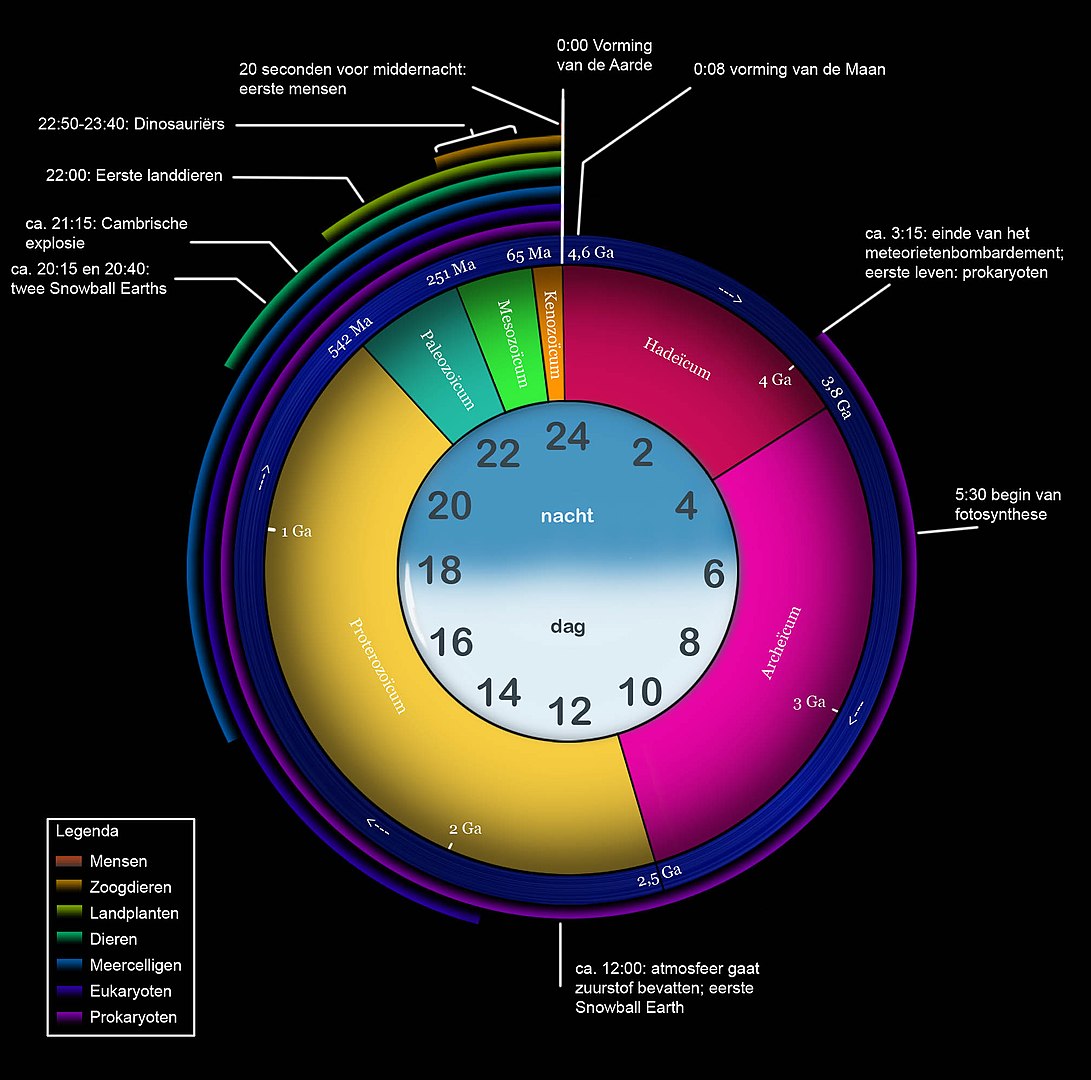
This illustration can be seen on the Wikipedia website.
What does this yield:
- The first life arises around 03h15.
- Only at 12h00 the atmosphere starts to contain oxygen.
- At 16h00 the first primitive sea creatures arrive.
- The Cambrian explosion takes place at 20h45.
- And at 22h00, during the Devonian, the first life appears in the land.
- The dinosaurs die out at 23h40.
- The first people do not appear until 20 seconds before midnight.
Click on the subtitles to generate them.
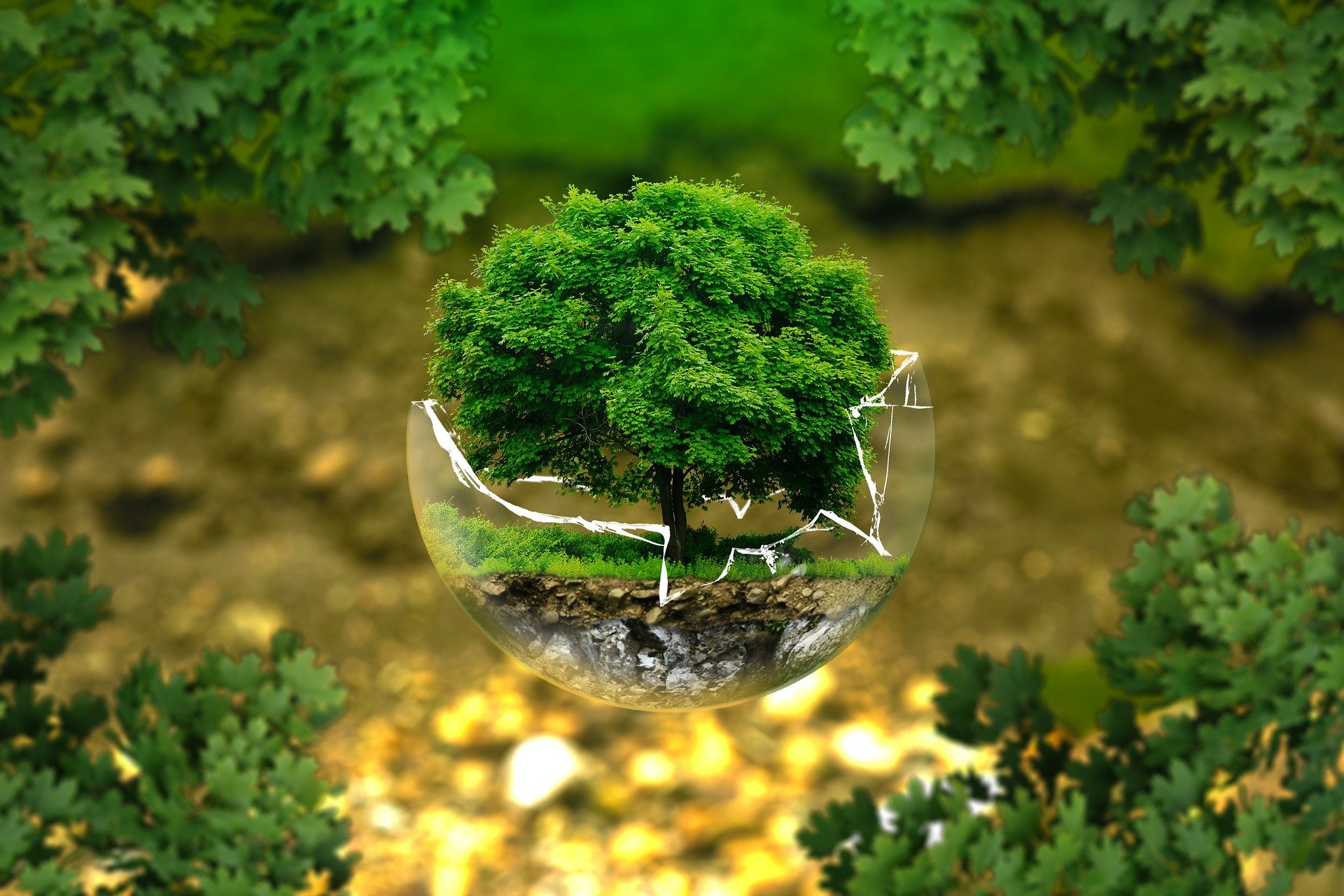

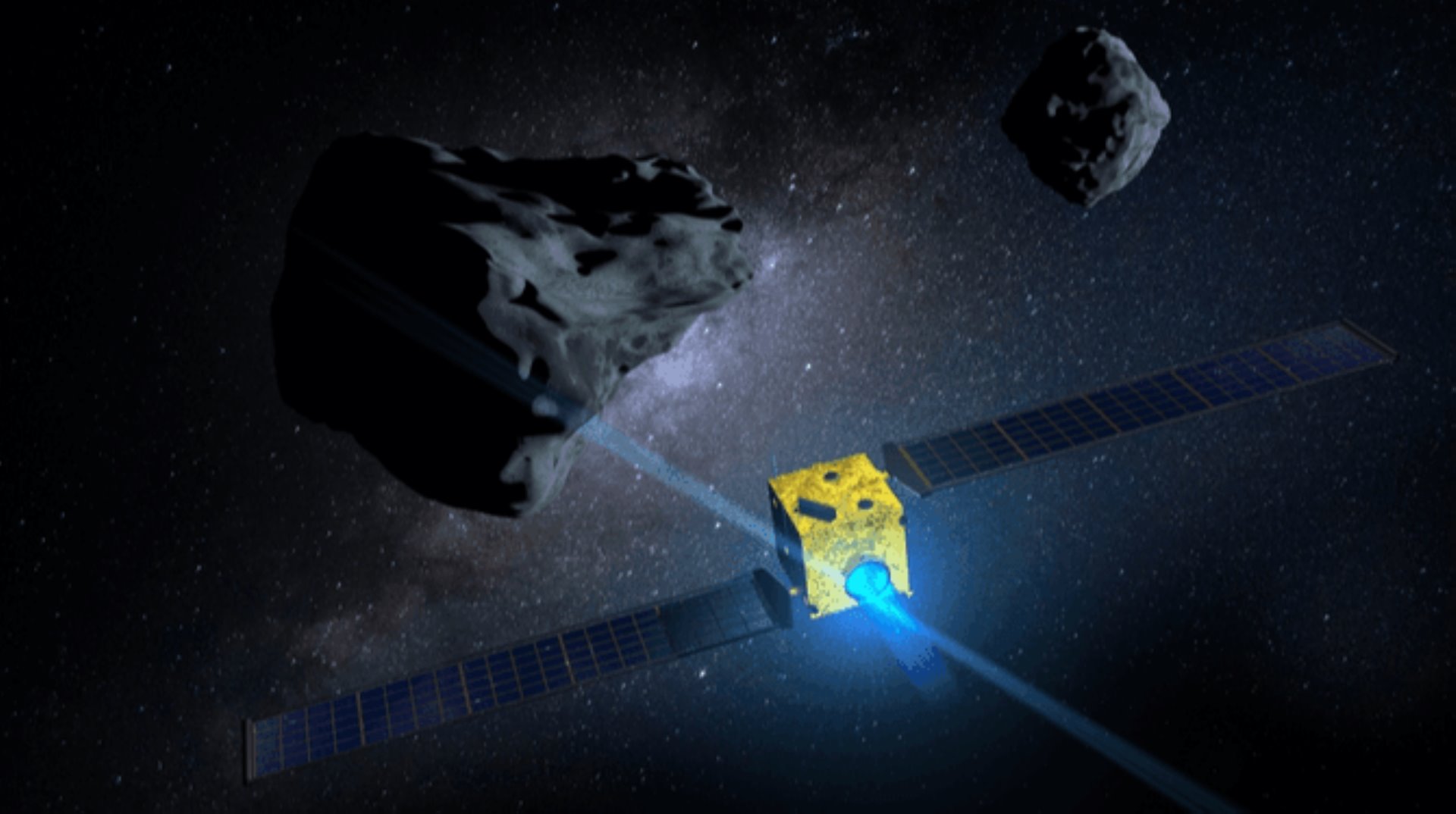
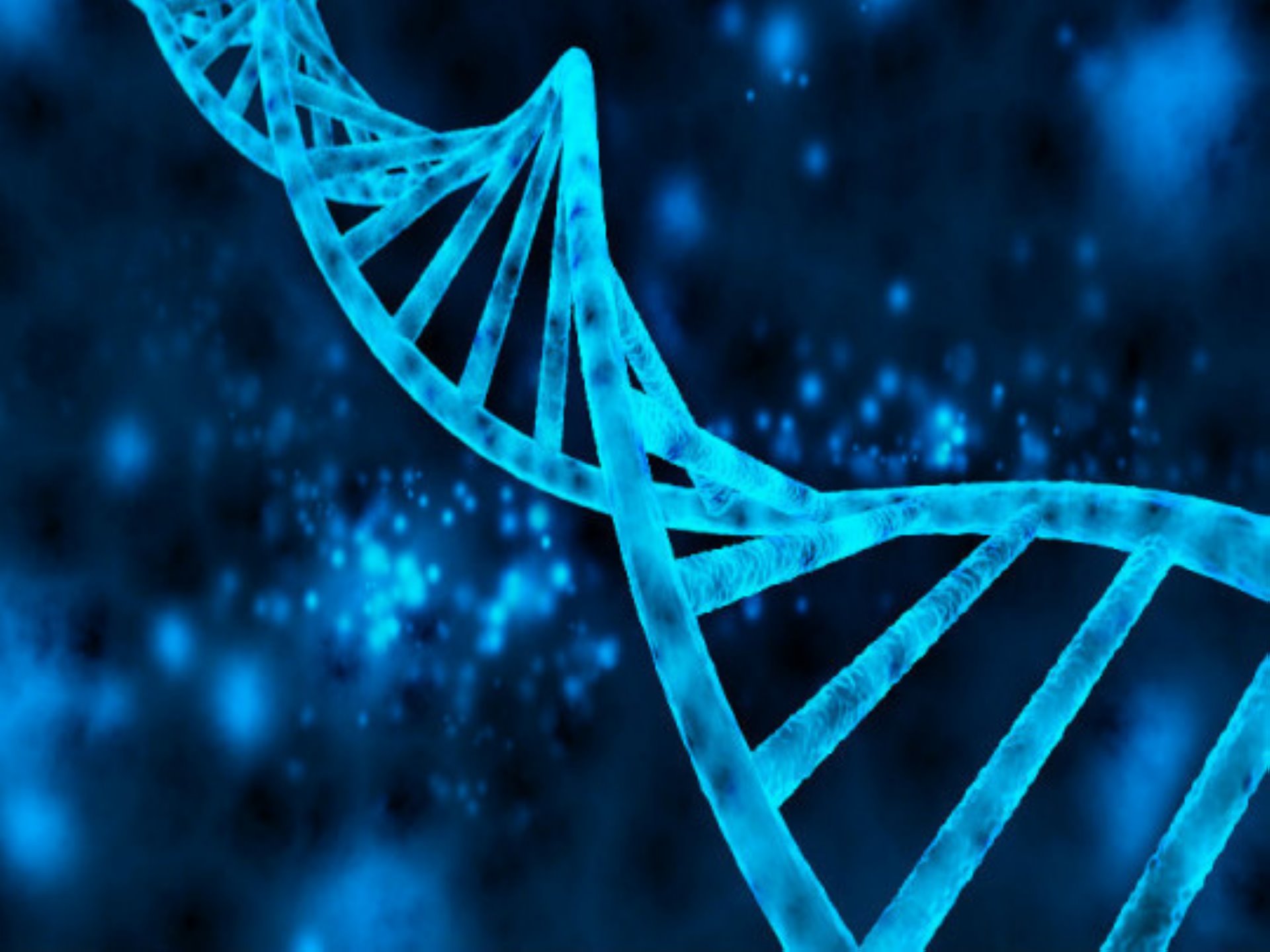
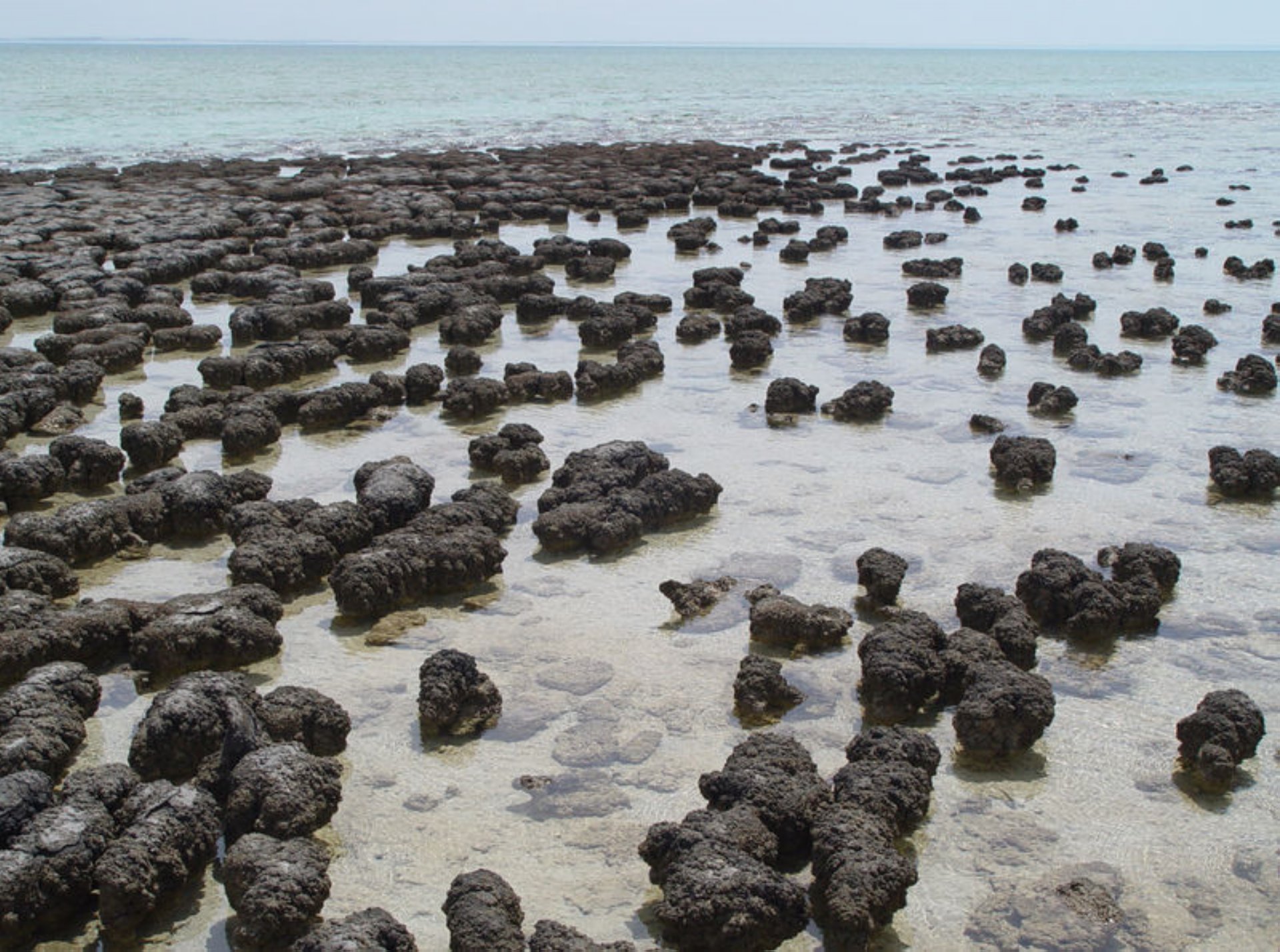
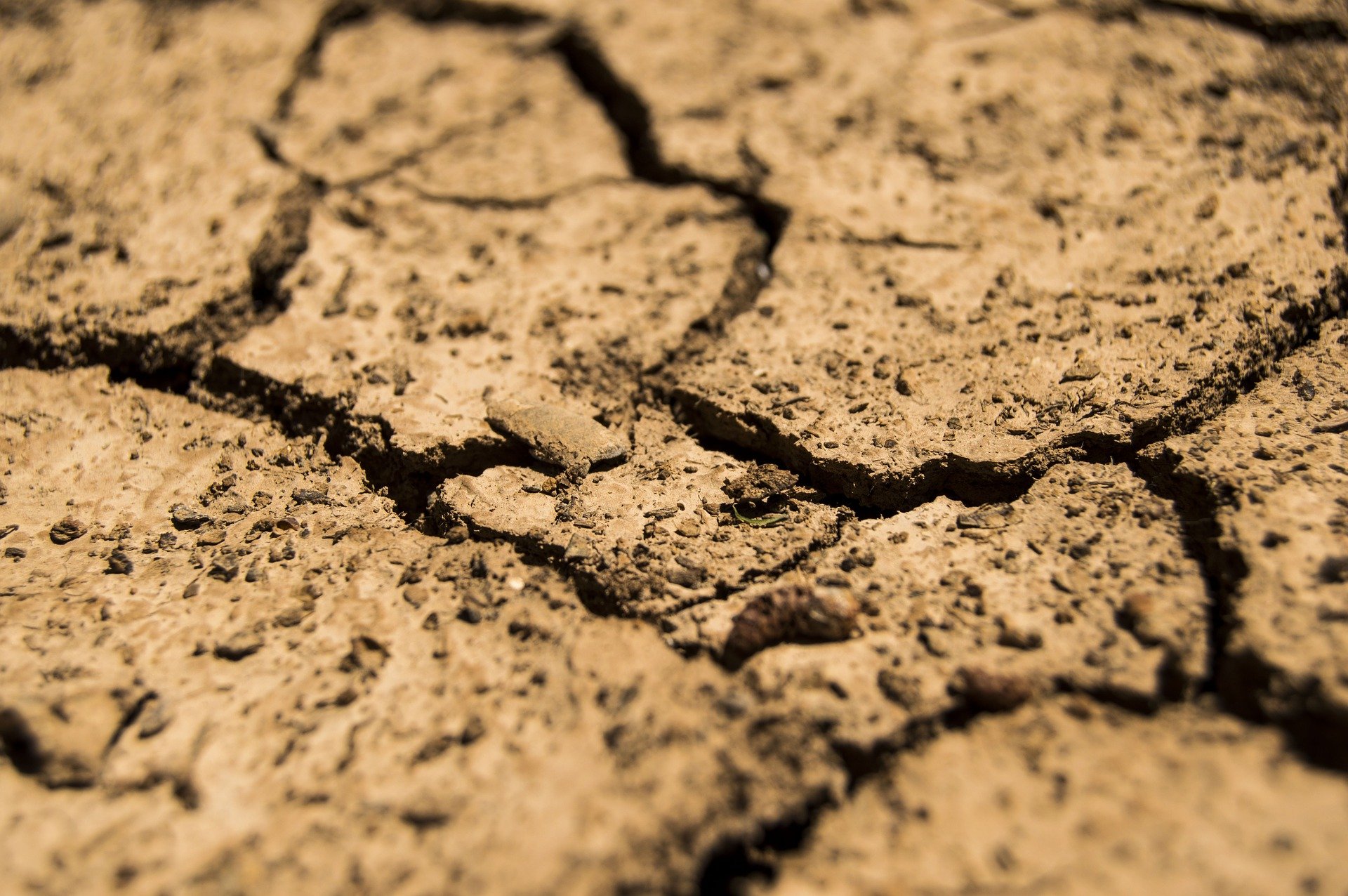
Comments